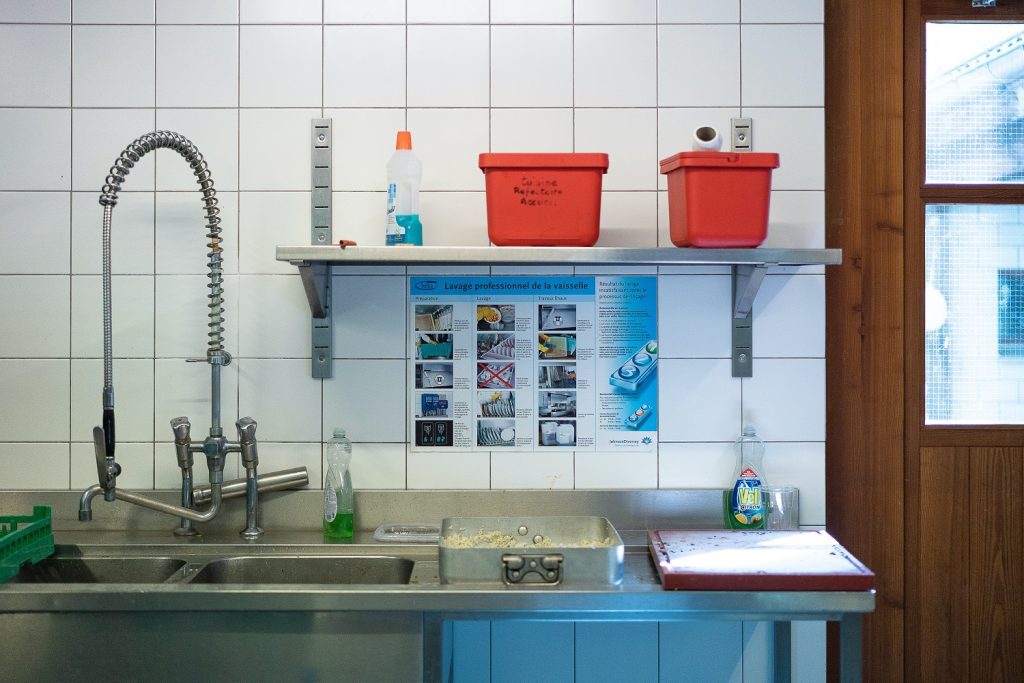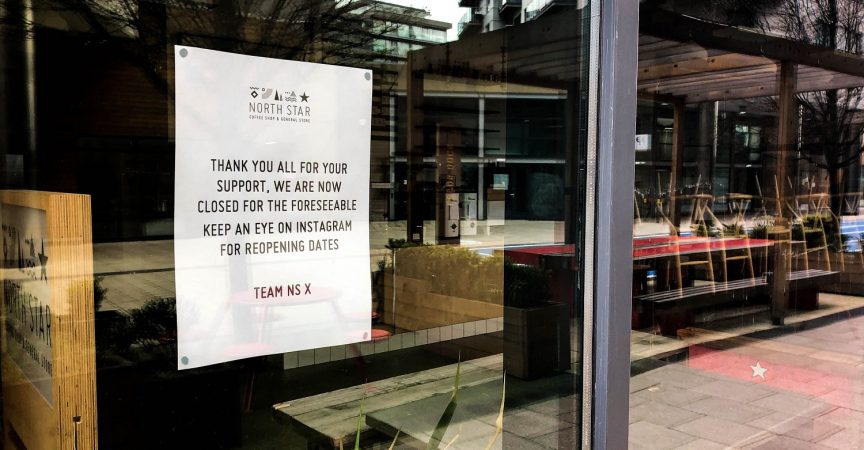Seeking Safety: How restaurants can establish trust around safety in a post-COVID world
We’re now about two months into efforts to adhere to mandates and advice from government officials to flatten the COVID-19 curve. Provinces are beginning to plan what the next wave of a “new normal” could look like. The government announced recently that restrictions are finally starting to ease, offering a light at the end of the tunnel for many restaurants who will be among the first to re-open.
However, limited seating capacity and employee and customer safety remain top concerns for restauranteurs as re-opening dates get closer across the country.
Pandemic pressures
This pandemic has completely altered the way Canadians think about safety. As restaurants open back up, consumers will be more cautious than ever before about how they interact with these venues and will be much less forgiving around perceived safety concerns.
In order to re-establish trust with customers, restaurants will need to look for new ways to elevate safety procedures to stay safe and clearly demonstrate to customers that they’re taking health and safety seriously.
What will this mean for restaurant operations?
This will mean a complete overhaul of how restaurants currently operate.
For starters, the interchangeability of roles will no longer exist. COVID-19 for better or for worse will condition people to be initially wary of physical contact and this is going to play a huge role in restaurants operate moving forward.
As diners become more vigilant about how many people come into contact with their food, creating more siloed roles will become a crucial safety pillar. For example, where we might have seen multiple team members jumping into prep and deliver food in order to streamline service, this now presents unlimited contact points across many people, so the ability for servers to wear these multiple hats will no longer be viable.
Not only will the role of staff change but restaurants will need to be mindful of the various customer touchpoints that may also present risks. Things like billfolds, card machines, and menus that get passed from table to table will need to be sanitized after each use, a task that proves extremely time-consuming and unrealistic and draws guest focus to what’s ‘unsafe’, rather than enjoying the meal they came out to have.
To help combat these challenges, restaurants are turning to technology to help fill these new gaps that never existed pre-COVID-19. Not only will restaurant operations need to change, but restaurants will need to consider what the post-COVID-19 guest experience looks like, now and longer-term.
The new guest experience
With health being such a top concern, and consumers being reminded daily of the risks, restaurant-goers will be looking to hospitality operators for reassurance that they are actively looking out for both their guests and their staff. The “new normal” is going to mean a new expectation of what clean looks like and restaurants will need to ensure that every customer touchpoint reflects this new level of expectation.

The new dining experience will also require a big ask from guests. If we follow in the footsteps of countries that have started opening back up, this could mean asking diners to adhere to varied measures to protect their safety. This would present a challenge for restaurants who will need to balance elevated safety requirements by providing the positive guest experience their customers were used to and loved pre-COVID-19.
Striking the balance between a positive experience and a trusted experience will see restaurants going out of their comfort zones to adopt new processes, products, and technology to help them thrive.
The future of restaurants
Since the beginning of the pandemic, we’ve seen restaurants adopt innovation in some incredible ways. From pre-packaged meals that guests can order and cook at home to grocery delivery, restaurants were among the first businesses to pivot and find new revenue streams to help keep their businesses going.
As restaurants begin re-hiring, re-training, and restructuring roles, the onboarding process will be more labor-intensive than ever before. As we move into the next phase of reopening, I expect we’ll see restaurants adopting new tech innovations to help overcome these challenges.
We also anticipate that the traditional restaurant floor plan will change. Over the next few months, this will look like limited-capacity options with fewer tables in order to maintain physical distancing. But I believe this will encourage restaurants to innovate and consider leveraging non-traditional space. It would be great to see municipalities lessen restrictions to allow more outdoor seating and eating areas. I also anticipate many restaurants that have currently underutilized space like courtyards or parking lots will look for ways to turn that real estate into functional service space.
We’ve already started seeing the demand among restaurants for tech solutions that help minimize customer touchpoints and maximize the experience. In the past two weeks, in particular, demand has spiked for tech options that reduce contact points for full-service restaurants.
Ready supports incredibly flexible solutions for restaurants that aim to minimize touchpoints from the beginning through to the end of the guest experience. Using digital menus displayed on guest’s smartphone or order to table options, guests can view the menu and place their order on their phone, or with their server – whatever way they feel most comfortable. At the end of the experience, they can also use their phone to pay without needing to exchange cash or cards or use a payment terminal at all. As restaurants re-open, there are a lot of unknowns on how guests and staff will react, so it is important to have flexible, multiple-use technology to support your service model as restrictions and mandates continue to change.
With North America’s robust tech ecosystem, I expect we’ll see a strong intersection between the restaurant and tech sectors which will result in more long-lasting tech solutions that will, ultimately, elevate the restaurant industry and set it up for long-term success.









